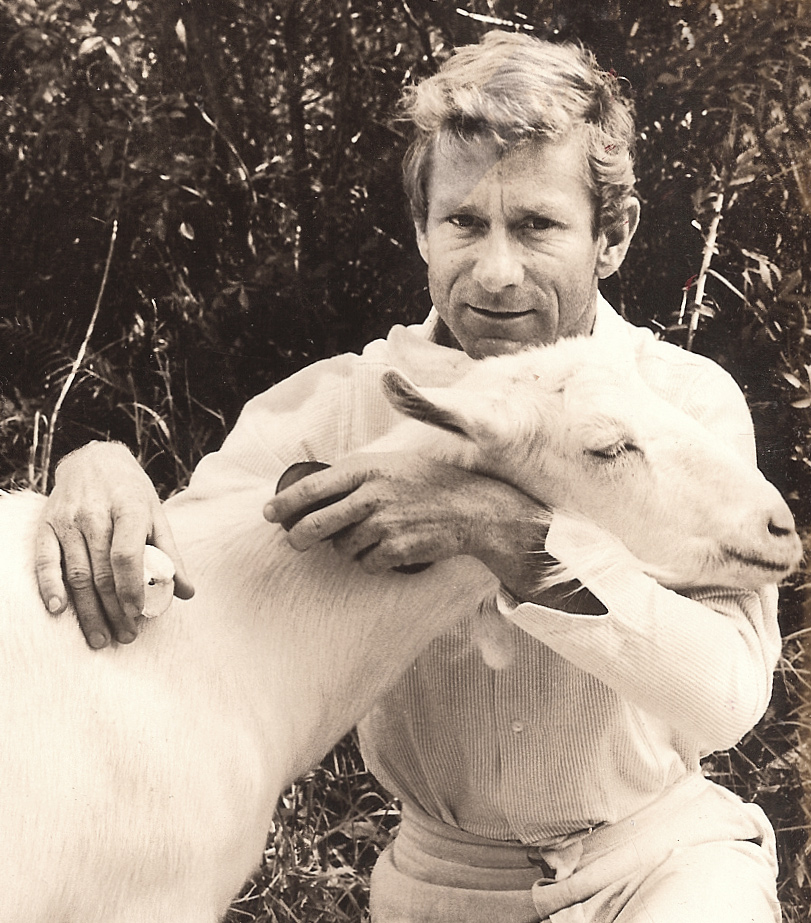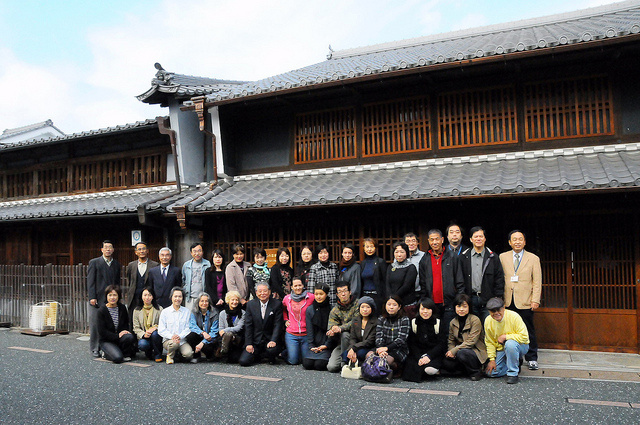The Woman Who Was Turned into a Tree by Irreversible Magazine
THE WOMAN WHO WAS TURNED INTO A TREE by Lynne Bentley-Kemp, PhD
Anja Marais is an artist who is a passionate truth-teller, a shaman who leads us into darkness only to reveal the lightness of being one with our world. Her search begins by finding comfort with duality and contradiction. She employs the adaptive strategies of a stranger in a strange land. The choices Marais makes are in direct relationship to her insight into form and function on a cellular level. It is no accident that paper is her medium – its protoplasmic structure and organic nature creates a credible foundation for internal worlds that skillfully articulate with external environments. Her intense engagement with her materials helps to weave the intricacies of art and science into the consciousness of the viewer – we are seduced by the artistry of her work. It is this kind of serious engagement with craft that is too often seen as superficial trickery. In Marais’ case this couldn’t be further from the truth.
Marais draws upon her South African heritage and engages folklore with highly charged intellectual statements. Marais is most interested in describing simultaneity through her examinations of contradiction and synchronicity. She carefully explores the juxtapositions of human and animal, male and female, life and death, the physical and the metaphysical and weaves a story that is all encompassing in its eloquence. Her connection to the cycles of nature always leads back to an obligation to integrate sensation and intellect – through this challenge, she reveals her poetic voice and consistently delivers a message that focuses on the primary themes of time, memory and the unity of knowledge.
Her work is life-affirming its resonance with spiritual preservation and renewal – her materials, her subjects all become part of a reconciliation story. This is a new story that is made up of mythologies that collapse under the scrutiny of Marais’ macro worldview and microscopic vision. She unpacks cultural symbols and repackages them into a form that allows us to see what has been happening all along – that hierarchies become illogical when confronted with open minds, power can evolve into empowerment and transformation just might lead to redemption.
Lynne Bentley-Kemp, PhD
Chair, Sculpture Key West
Instructor, Florida Atlantic University
Dept. of Visual Art and Art History






